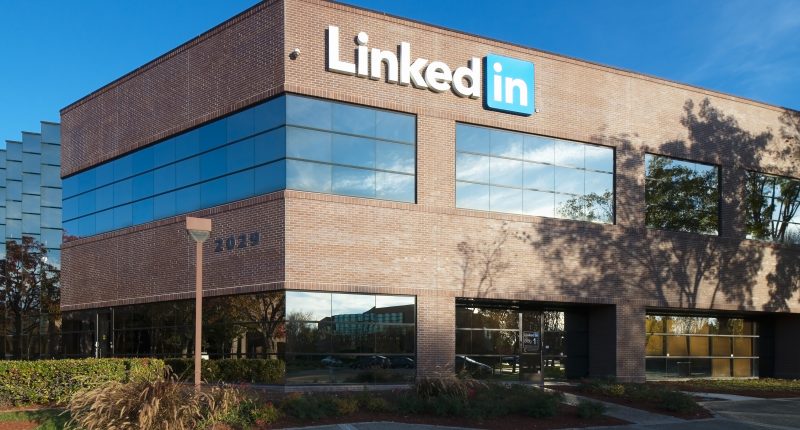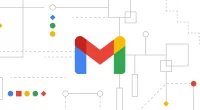LinkedIn, the professional social network (not really that off late BTW), is using Microsoft’s OpenAI connection to power up recruiters and marketers with AI powered tools.
LinkedIn has been quietly incorporating AI into its product portfolio over the past few years, but now it’s making a more visible commitment to artificial intelligence. AI has long powered various aspects of LinkedIn behind the scenes, including connection suggestions and insights into user behavior. The professional network is now expanding its AI capabilities by tapping into Microsoft’s vast tech resources, including its strategic investment in OpenAI. Microsoft’s involvement with OpenAI, the creator of technologies like ChatGPT, has become instrumental in fuelling LinkedIn’s AI initiatives, and in turn, recruiters and job seekers.
“When you just focus on whether someone went to an Ivy League school or worked at Google, you’re talking about a very narrow set of people that everyone is trying to hire. When you focus on the skills that are required to do the job effectively, all of a sudden, you see there are tens of thousands of candidates out there,” Ryan Roslansky, LinkedIn CEO, commented on the matter. “You can’t just look at job titles.”
The new tools include an AI-powered Recruiter platform, an AI-powered LinkedIn Learning coach, and more, enabling recruiters to find job candidates by asking questions in natural language and letting marketing professionals create ad campaigns in just a few clicks. The first of these features are already available, and more will be made available by April 2024.
LinkedIn’s Recruiter 2024 leverages generative AI to empower recruitment professionals in their quest to identify the perfect candidate. Traditional Boolean search strings and complex filter fields are replaced with natural language queries. Recruiters can type their hiring goals directly into a search bar, eliminating the need for translation into technical search terms. The AI system processes these queries to create “projects,” effectively saved searches based on the recruiter’s specifications.
Once an ideal candidate is identified, the system suggests similar talent, considering factors like job titles, skills, locations, industries, and companies. This expands the pool of potential candidates by up to 10%. AI identifies interested candidates based on various indicators, including “Open to work” status and InMail acceptance rates, and the system extracts company information and job titles from candidate resumes, enriching profiles and expanding the talent pool.
LinkedIn Learning, the platform’s educational arm, is introducing an AI-driven learning coach. Initially focusing on soft skills, this chatbot-like feature offers personalized advice and recommends relevant courses from LinkedIn’s extensive library of learning content. Furthermore, LinkedIn’s foray into AI for inside sales targets B2B professionals. This feature facilitates the discovery of potential connections and streamlines interactions. Another new tool named Accelerate is designed to bolster marketing efforts. However, it’s limited to campaigns and data within LinkedIn’s platform, potentially limiting its appeal for marketers who run multi-platform campaigns.





